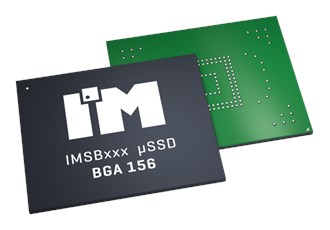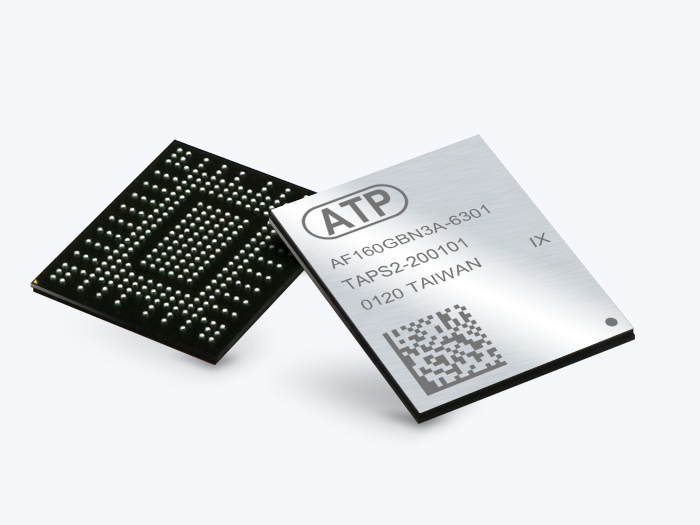Tech Talk
What is BGA SSD?

Last updated 27 August 2024
As technology and hardware constantly evolves, advancements in storage options and components have continued to play a vital role in enhancing reliability, efficiency, and performance of systems. One such innovation that has continued to gain traction is that of the BGA SSD - BGA standing for “Ball Grid Array Solid-State Drive”.
Compact in form, but powerful in use - it has been making waves in the industrial and embedded industry for its unique design and performance characteristics, so let's discuss BGA SSD some more.
Understanding BGA SSD
Firstly, it is a type of solid-state-drive (SSD). As an SSD, it utilises the Ball Grid Array (BGA) packaging technology. Such packaging means that it is a type of surface-mount packaging which is used for integrated circuits. On the surface and comparing the form factor to other SSDs like that of the 2.5" or M.2 form factors, BGA SSDs are much smaller and fit directly onto the motherboard of the device in question.
Such integration allows for a far more streamlined design. A much better and efficient use of space, if you will. Thus, meaning that BGA SSDs are ideal for compact and complex devices, especially within industrial and embedded applications, but also more typical devices of an “ultra-thin” nature, like tables and smartphones.
What's the makeup of the SSD?
The anatomy of a BGA SSD consists of many components. These include Flash memory chips, a controller, and the BGA package itself. Today, NVMe is the performance protocol that is leading within Flash technology, and BGA SSDs allow for this within the tiny packaging. At 4 to 6x the speed of SATA and by using PCIe interface, such BGA SSDs offer incredible speeds and low latency for industrial applications. It's worth mentioning that BGA SSDs use SATA, also.
Such BGA SSDs are soldered down, making them highly resistant to that of vibrations and shocks, all which are very common in industrial use.
The key advantages of BGA SSD:
- Integrated directly onto the motherboard, BGA SSDs remove the need for bulky connectors and cables.
- They allow for high density, meaning they're far more compact as a storage option creating better efficiency and cost savings.
- As mentioned above, they need to withstand shocks and industrial environments, to which BGA SSDs are rugged and robust.
- They also work to industrial temperature ranges at -40°c to +85°c, contributing to improved thermal management and generating less heat, while consuming less power compared to other SSDs.

Applications of BGA SSD and future trends
As a form factor and type of SSD, the BGA SSD can apply itself to much use across a variety of industrial and embedded applications. Whether it's within robotics, medical, automotive, or other embedded systems - where reliability and space efficiency is paramount, a BGA SSD could be a viable options.
The industrial and embedded market will continue to see further advancements in BGA SSDs as time goes on. Manufacturers who Simms supply like Intelligent Memory and ATP continue to push the boundaries of storage density and performance, leading to even smaller and more powerful BGA solutions. What's more, as 3D NAND Flash evolves and PCIe Gen 5 takes hold, we are poised to see so much more from this small but might SSSD.